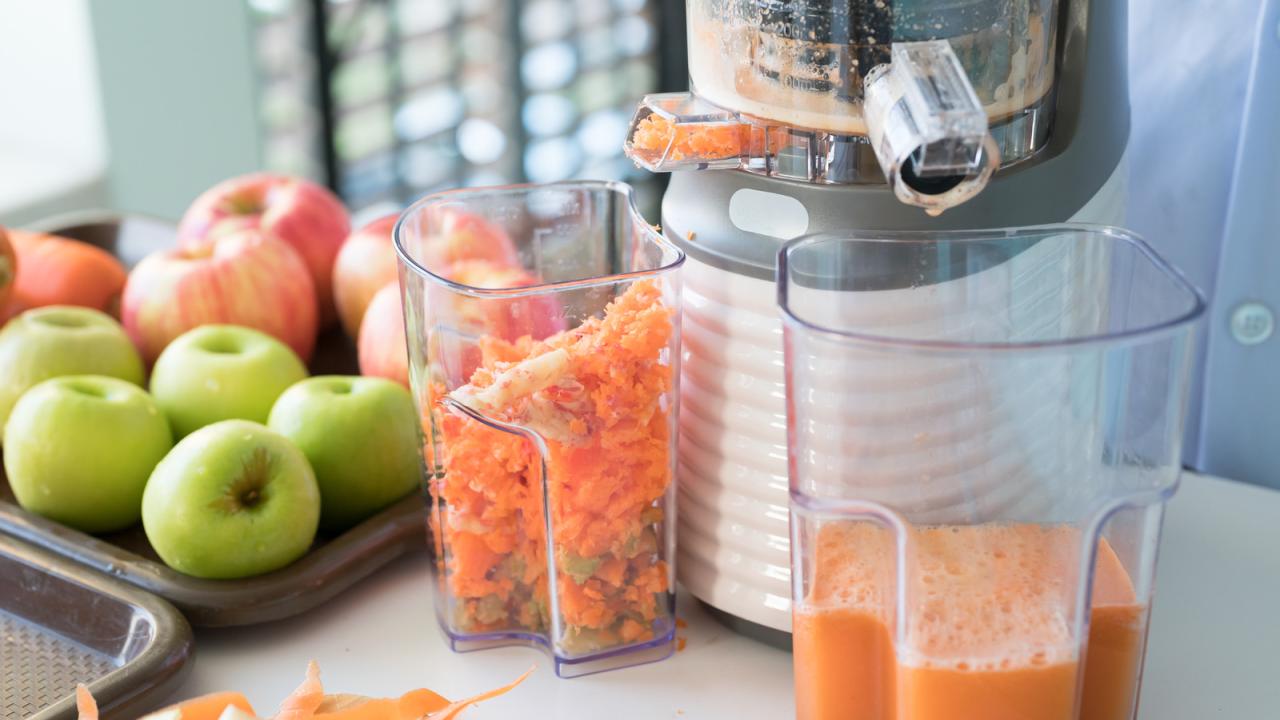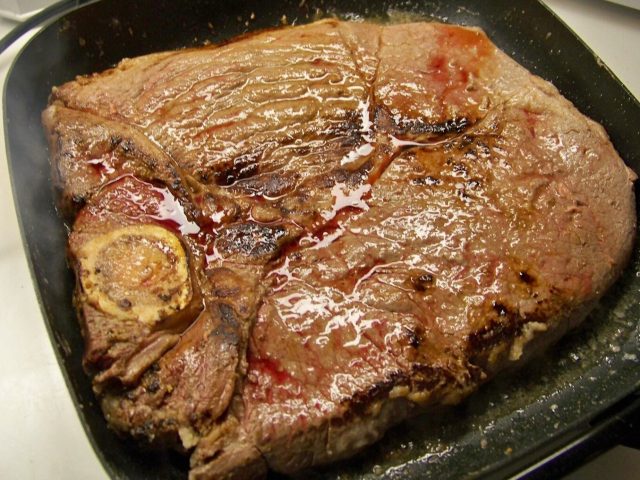Greetings to a wholesome exploration here at Cook Eat Delicious, where we unravel the mysteries entwined with our daily culinary decisions.
Today, we set forth on a voyage into the realm of juicing, a ritual acclaimed for its invigorating flavors and alleged health advantages. Yet, a persistent query often lingers in the thoughts of health enthusiasts: Do juicers compromise the nutritional integrity of the ingredients?
Understanding the Mechanism of Juicing
As we strive to extract the liquid goodness from fruits and vegetables, apprehensions about potential nutrient loss have emerged. Join us on this journey as we navigate through the nuances of juicing, meticulously examining the influence of different juicing methods on the nutritional essence of your beloved beverages.
Our goal is to reveal the realities inherent in the juicing process, distinguishing between fact and fiction, and furnishing you with insights to empower informed decisions about your daily dose of vitality.
Thus, let’s delve into the core of the matter and unravel the mysteries surrounding whether juicers genuinely jeopardize the invaluable nutrients nature bestows upon us.

The Process of Juicing
At its core, juicing is the extraction of liquid from fruits and vegetables, isolating the juice that harbors a wealth of vitamins, minerals, and plant chemicals, known as phytonutrients, from the pulp or fiber.
This separation facilitates the swift absorption of these nutrients into the bloodstream upon consumption.
Yet, it’s crucial to recognize that, while juicing enhances the accessibility of specific nutrients, it simultaneously eliminates the fiber content. Dietary fiber, a vital component, plays a pivotal role in fostering gut health and facilitating digestion.
Therefore, while juicing can be a convenient way to increase your intake of nutrients, it should not fully replace whole fruits and vegetables in your diet.
Types of Juicers and Their Impact on Nutrients
Juicers fall into two primary categories: centrifugal and masticating. Centrifugal juicers operate with a high-speed blade that rapidly breaks down fruits or vegetables, a process that generates heat. Concerns arise regarding the potential degradation of enzymes or nutrients due to this heat.
In contrast, masticating juicers, also referred to as cold-press juicers, employ a slower process. They grind fruits and vegetables into pulp at a gentler pace, using a hydraulic press to extract the juice. The deliberate, cold-press technique minimizes heat production, thereby preserving a greater amount of enzymes and potentially resulting in a more nutritionally rich juice.
Do juicers destroy nutrients?
While it is accurate that nutrient loss can occur due to the effects of heat and processing, the precise impact of juicing on nutrient destruction remains somewhat unclear.
Several studies suggest that centrifugal juicers may result in slightly lower levels of vitamins such as C and A compared to masticating juicers. Nevertheless, this difference is generally not substantial, and both types of juices continue to provide essential nutrients.
Furthermore, the nutrient content is susceptible to storage conditions and duration. Freshly made juice consumed immediately tends to retain more nutrients compared to juice stored for an extended period.
The degradation of specific nutrients over time is influenced by factors such as exposure to light, heat, and air. Therefore, the storage process and environmental conditions play a crucial role in maintaining the optimal nutritional value of the juice.\

Keeping nutritional losses in juice to a minimum
To mitigate the loss of dietary fiber in the juicing process, a practical approach is to reincorporate some of the extracted pulp back into the juice. As advised by the Academy of Nutrition and Dietetics, this not only helps preserve fiber but also provides an opportunity to repurpose the pulp for enhancing various culinary creations. The pulp can be integrated into cake or muffin mixes, stirred into boiled rice, or used to enrich the flavors of soups.
For those seeking an alternative to traditional juicing, employing a food processor or blender offers a viable option. This method retains the fiber-rich pulp in the juice, contributing to a more substantial and satisfying beverage. The inclusion of fiber in the juice can offer additional benefits, such as promoting a prolonged feeling of fullness.
A study delving into different juice extraction methods sheds light on the advantages of blending over traditional juicing. The research suggests that juices created by blending whole fruits exhibit higher levels of phenolic compounds and demonstrate more robust antioxidant activities compared to juices produced by solely extracting the fruit flesh. This emphasizes the potential nutritional advantages of incorporating the entire fruit into the juicing process.
However, it’s crucial to consider that the choice between juicing and blending may impact specific nutritional aspects of the resulting juice. A noteworthy finding from the study indicates that, despite the higher phenolic compounds and antioxidant activities in blended juices, those processed through traditional juicing methods had significantly elevated levels of vitamin C, particularly in apple, pear, and mandarin orange juices.

In conclusion, the decision on whether to reintegrate pulp, use a food processor or blender, or opt for traditional juicing depends on individual preferences and nutritional goals. Each method has its unique advantages, and understanding these nuances can empower individuals to make informed choices based on their dietary needs and preferences.
In conclusion, while juicing may result in some nutrient loss due to heat and processing, this diminution is typically minimal, particularly when the juice is promptly consumed. Juicing can serve as a advantageous supplement to a well-rounded diet, especially for individuals facing challenges in meeting their recommended intake of fruits and vegetables.
Nevertheless, it’s crucial to bear in mind that juicing doesn’t serve as a complete substitute for whole fruits and vegetables. These whole forms retain dietary fiber and other beneficial compounds that remain integral only in their unprocessed state. Hence, incorporating a variety of fruits and vegetables in their whole form is essential to ensure the intake of these vital nutrients and compounds.







